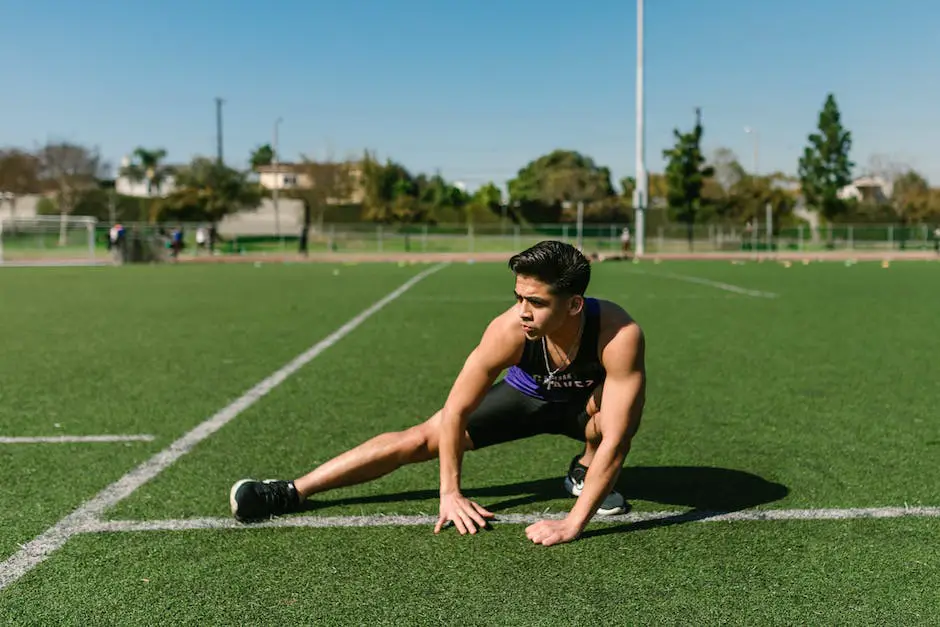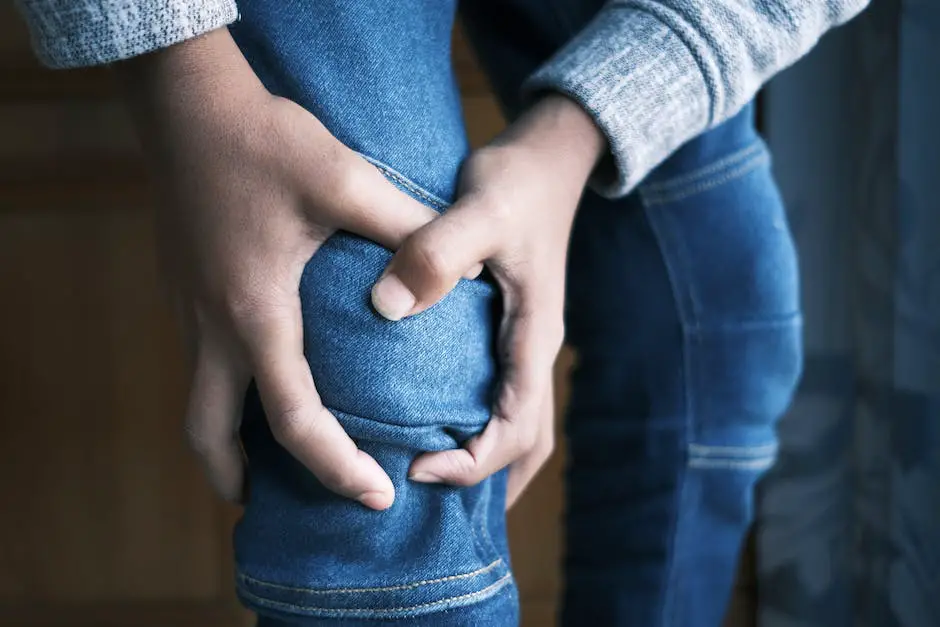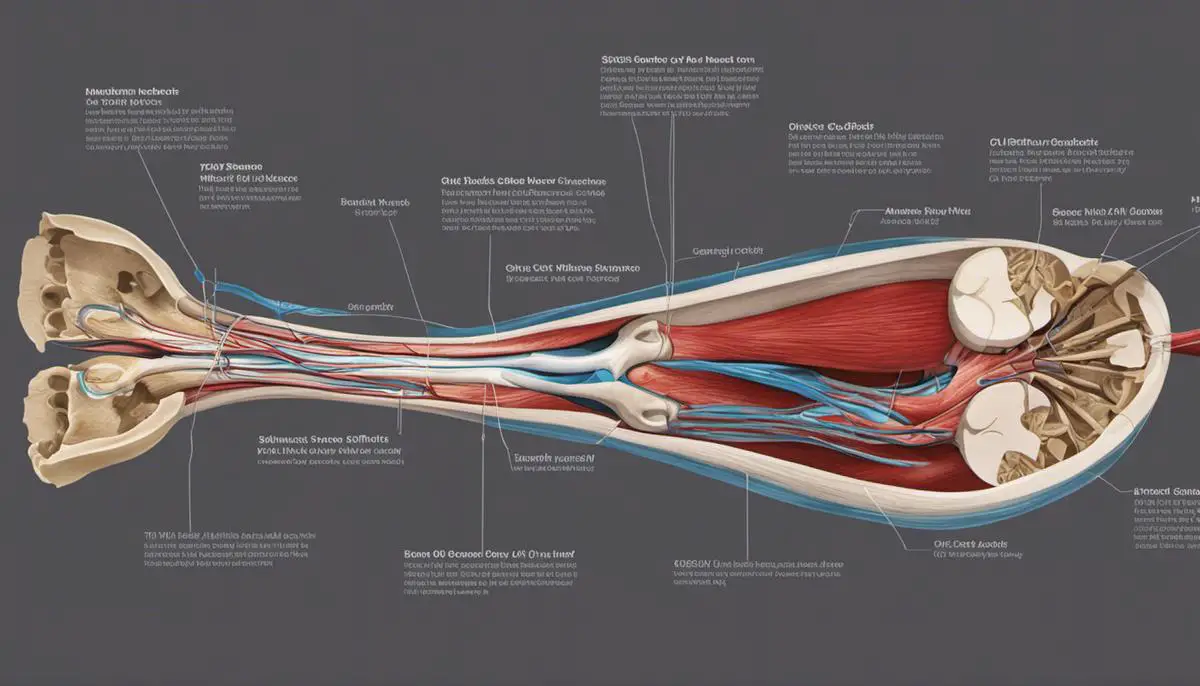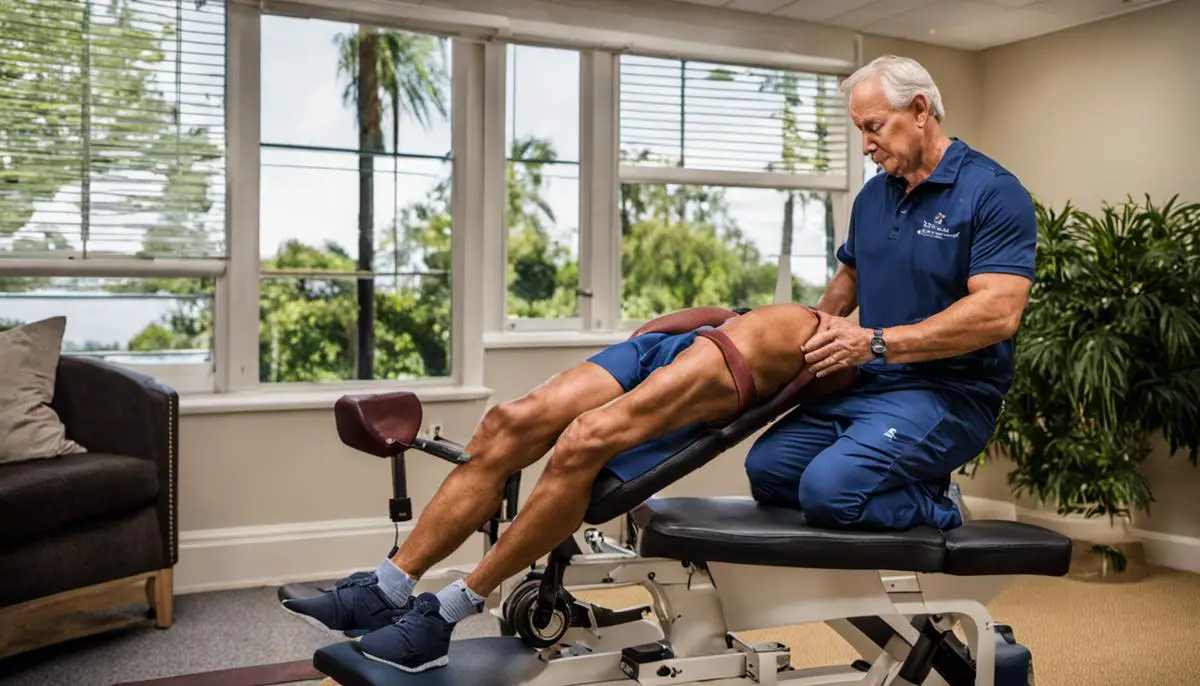Knee pain is a common issue that can originate from a variety of factors. Whether it’s from an injury, arthritis, or an underlying disease, understanding what’s causing your discomfort is the first crucial step towards an effective solution. To assist you in navigating through these complex waters, this article is designed to provide a comprehensive outlook on all you need to know about knee pain, its trigger, and the spectrum of treatment options available. From non-invasive measures such as physical therapy and medication, to surgical solutions, and even alternative therapies, we aim to provide a well-rounded perspective. Moreover, we’re dedicated to helping you prevent and manage knee pain, exploring methods to keep your knees healthy and mitigate existing pain through appropriate exercises, nutrition, and lifestyle choices.
Understanding Knee Pain
Understanding Knee Pain Causes
Knee pain is often the result of various factors, including injuries, arthritis, or diseases. Let’s delve into each one of these factors to gain a clearer understanding of what may cause knee pain.
Knee Injuries
One of the most common causes of knee pain is injury. This can result from sports, falls, or other activities that strain the knee. Common injuries include fractures of the knee bones, dislocations, and tears in the ligaments and tendons that keep the knee stable. Additionally, overuse can lead to various conditions, like tendonitis, which is inflammation or irritation of a tendon. It’s also possible to have a torn meniscus, which is the cartilage used to absorb shock in the knee, typically due to a forceful twist or rotation.
Arthritis
Arthritis is another common cause of knee pain. One type that often affects the knee is osteoarthritis, a degenerative disease wherein the cartilage in the knee joint gradually wears away, leading to pain and stiffness. Rheumatoid arthritis, an autoimmune disease that can affect various joints in the body including the knee, also results in pain and swelling. Finally, gout – a type of arthritis caused by too much uric acid in the bloodstream – can cause severe knee pain, although it more commonly affects the big toe.
Other Diseases
Knee pain can also result from various diseases. Baker’s cyst, formed when the knee produces too much synovial fluid leading to a bulge at the back, can cause discomfort and swelling. Infections in the bone or joint, although rare, can be another cause. Certain diseases affecting other parts of the body, like lupus, can also lead to inflammation and pain in the knee.
Referred Pain
Sometimes, the knee pain may actually be referred pain – pain that’s felt in the knee but originates from a problem elsewhere in the body. This could be from the hips or lower back. Conditions such as sciatica which causes inflammation or pressure on the sciatic nerve can also result in knee pain.
When it comes to tackling knee pain, the first step undoubtedly involves understanding the potential causes. It is essential to realize that persistent knee pain needs immediate attention and consulting a healthcare provider for an accurate diagnosis becomes crucial. This allows your provider to guide you on the most suitable treatment course depending on the severity. This could involve various measures ranging from physical therapy, medication, injections to surgery in more severe instances.
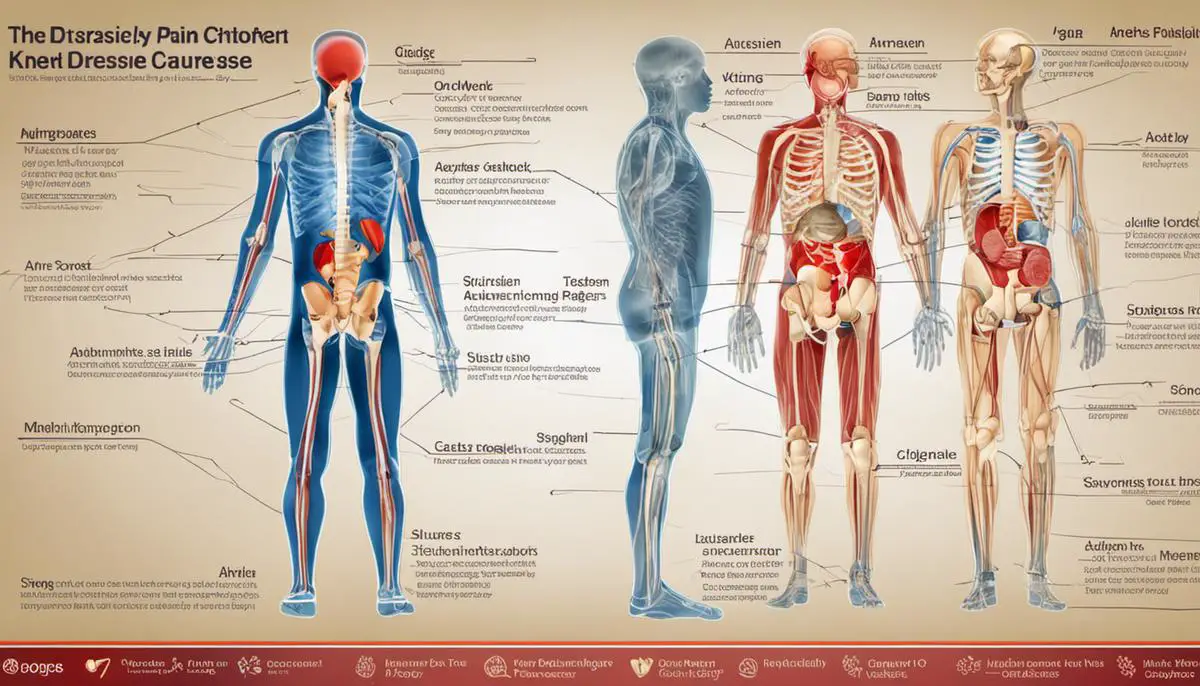
Non-Invasive Treatments for Knee Pain
Implementing Physical Therapy to Tackle Knee Pain
A common and vastly effective non-surgical treatment for knee discomfort encompasses physical therapy. This approach aims to enhance overall strength and flexibility, while also working towards reducing the pain intensity. This is achieved through specially designed exercises that cater to individual capacities and requirements. These typically concentrate on building strength in muscles surrounding the knee like the quadriceps and hamstrings, and provide support to the knee joint. Therapeutic techniques, including ultrasound, heat or ice therapy, and electrical nerve stimulation, are often employed by physical therapists to manage pain and inflammation. Such experts also guide patients in practicing safe bodily movements to prevent future injuries.
Knee Braces as an Aid
Knee braces can aid in the management of knee pain, offering additional support to the knee joint, reducing pain, and discouraging harmful movements. There are several types of knee braces available, each providing a different level of support based on the individual’s severity of knee pain. Functional braces give support to knees that have undergone injury in the past, while unloader braces assist in balancing weight from the part of the knee affected by arthritis. Prophylactic braces are used to prevent knee injuries during sports. It is crucial to consult with a healthcare provider to figure out the most suitable brace for your condition.
Medication for Pain Management
Medication is another non-invasive option in treating knee pain. Over-the-counter non-steroidal anti-inflammatory drugs (NSAIDs) like ibuprofen and naproxen can help reduce pain and inflammation. Topical creams containing NSAIDs or capsaicin are also available to relieve mild knee pain. If over-the-counter options are inadequate, prescription medications, including stronger NSAIDs or corticosteroids, may be necessary. However, these medications should always be used under the guidance of a healthcare provider due to their potential side effects.
Lifestyle Changes
Modifying lifestyles is a critical aspect of managing knee pain. Weight loss is paramount in reducing pressure on the knee joints. Each pound of body weight lost can equate to a four-pound reduction in knee joint stress. Regular exercise, as advised by a physical therapist or doctor, can aid in weight management and strengthen the supportive muscles around the knee. Additionally, diet plays a significant role in managing knee pain. A diet rich in fruits, vegetables, lean protein, and healthy fats can contribute to weight loss and reduce inflammation.
Alternative Therapies
Alternative therapies like acupuncture and chiropractic manipulation have shown promise in managing knee pain. Acupuncture involves the insertion of thin needles into specific points in the body to relieve pain. In chiropractic treatment, adjustments are made to align the body’s musculoskeletal structure, particularly the spine, enabling the body to heal itself. While these methods may not work for everyone, they can be considered as an option, especially for those who prefer non-pharmacological interventions.
Managing Knee Pain with a Multifaceted Approach
Knee pain management often requires a combination of several treatment options for optimal effectiveness. Aiming to improve mobility and reduce discomfort, this comprehensive plan typically incorporates physical therapy, the use of knee braces, and medication. Additionally, lifestyle adaptations, such as weight loss and a balanced diet, work hand-in-hand with these treatments to discourage knee pain progression. Bear in mind, these non-invasive strategies, though often effective, may not entirely eradicate knee pain. Health professionals, including doctors and physical therapists, collaborate to devise an individualized treatment plan. Regular consultations with your healthcare provider to assess progress and modify treatment accordingly are essential for best outcomes.

Surgical Treatments for Knee Pain
Minimally Invasive Knee Pain Treatment: Arthroscopic Surgery
For certain knee conditions, a minimally invasive procedure called arthroscopic surgery may be recommended. This technique utilizes a tiny camera, or an arthroscope, to inspect or fix the tissues in and around the knee joint. The arthroscope is introduced through small incisions, enabling the surgeon to accurately recognize and treat knee complications. Conditions commonly tackled through this procedure include a torn meniscus, arthritis-related damage, an inflamed synovium, or a loose cartilage or bone fragment.
The recovery period post-arthroscopic surgery is usually shorter compared to traditional knee surgery, with most patients regaining self-sufficient mobility within a week and resuming their typical activities within a couple of weeks to few months. However, this timeframe can vary based on the patient’s general health and the degree and nature of the knee damage.
Although generally safe, arthroscopic surgery, like all surgical interventions, carries some risks, which may include blood clots, infections, persistent knee pain, or damage to nerves or blood vessels. However, for certain conditions such as a torn meniscus or loose body removal, the success rate of arthroscopic surgery can often be high, occasionally exceeding 90%.
Partial Knee Replacement
A partial knee replacement, or unicompartmental knee arthroplasty, involves replacing only the damaged part of your knee with artificial parts. It is typically suggested for patients who have osteoarthritis confined to a single compartment of the knee. Unlike total knee replacement, this surgery preserves the healthy bone and cartilage.
The recovery period for a partial knee replacement varies among individuals. Typically, physical therapy starts the day after surgery, and weight-bearing activities may begin within several weeks. Full recovery can take anywhere from 6 weeks to 6 months.
As with all surgeries, partial knee replacements carry risks, including developing blood clots, experiencing knee instability, or an infection. However, because it’s less invasive than a total knee replacement, it might have fewer complications and a shorter hospital stay. Studies reveal that about 85%-90% of partial knee replacements are still working well 10 years after the surgery.
Total Knee Replacement as a Treatment Option for Severe Knee Pain
Patients suffering from severe knee damage may find relief through a procedure known as a total knee replacement or total knee arthroplasty. This surgical treatment involves the removal of the damaged sections of the kneecap, thighbone, and shinbone. These components are then replaced with an artificial joint, often crafted from metal alloys, high-grade plastics, or polymers.
Although a complete recovery from this procedure may take up to a year, many patients can expect to return to their regular activities within six weeks. Following surgery, physical therapy is usually recommended for several months to assist with regaining strength and mobility.
Despite the possibility of risks including infection, blood clots, knee stiffness, and nerve damage, total knee replacement can offer significant benefits. Such risks are balanced against the improvement in quality of life due to a reduction in pain and increased capability to perform routine activities. Replacement joints can wear over time, but typically, a total knee replacement endures for 15 years or more with a success rate of 85%-90% after 20 years.

Alternative Therapies for Knee Pain
Exploring Acupuncture as an Alternative Treatment for Knee Pain
For those seeking non-surgical treatment methods for knee pain, acupuncture is worth consideration. As an ancient Chinese medical technique, the practice involves the placement of thin needles at specific points on the body. This process is believed to stimulate energy flow and promote healing. Several scientific studies have suggested that acupuncture can effectively reduce knee pain and enhance functional mobility, particularly for individuals suffering from osteoarthritis. The therapeutic effects of acupuncture are considered to stem from its ability to enhance the body’s natural painkillers and positively influence how the brain perceives pain.
Massage Therapy for Knee Pain
Another promising alternative treatment for knee pain is massage therapy. This therapy works by manipulating soft tissues to alleviate pain, stiffness, and inflammation. Massage therapists use various techniques like kneading and stretching to target muscles, tendons, and ligaments around the knee joint. Additionally, massage helps improve blood flow and can help to speed up recovery. While it is generally safe for most people, always communicate any discomfort to your therapist during a session.
Herbal Supplements for Knee Pain
Many people turn to herbal supplements to manage their knee pain. These natural remedies can be taken orally or applied topically to the affected area. For instance, turmeric contains powerful anti-inflammatory properties and has been shown to offer significant relief from knee pain. Glucosamine and chondroitin are another popular duo for those suffering from osteoarthritis, as they are believed to support cartilage health. Other herbs such as ginger and Boswellia are often used for their anti-inflammatory and analgesic properties. Despite the potential benefits, it’s essential to consult a healthcare provider before starting any new herbal supplement to avoid potential side effects or drug interactions.
Physical Therapy and Exercise for Knee Pain
Physical therapy and regular exercise can play a crucial role in managing knee pain. Exercise can strengthen the muscles around the knee, increase mobility, and reduce stiffness. In addition, physical therapists can guide patients through exercises that improve balance, flexibility, and strength. Weight loss, if necessary, may also help decrease pressure on the knees.
Mind-Body Therapies for Knee Pain
Mind-body therapies such as meditation, relaxation techniques, and mindfulness may also be useful in managing knee pain. These practices help individuals focus their mind in a way that further aids in managing their pain perception. A regular practice of yoga and tai chi, for instance, can provide both physical and mental relaxation to reduce the perception of pain, contributing to an overall sense of well-being.
Experiences with knee pain are highly individual, and what proves effective for one person might not bring relief to another. Consulting a healthcare professional before initiating any treatment is crucial. Typically, the solution to knee pain involves a blend of therapies, medications, and alterations in lifestyle, designed to suit the specific condition and health status of the individual.

Prevention and Management of Knee Pain
Getting to Grips with Knee Pain
Many people experience knee pain, which can range from mild unease to severe impairment. A host of factors, including sports injuries, the aging process, conditions like arthritis, obesity, and other health issues, can lead to this pain. Comprehending the underlying cause of knee pain can pave the way to an effective treatment and prevention strategy.
Non-Surgical Treatments for Knee Pain
Non-surgical treatments for knee pain include physical therapy, medication, and use of assistive devices. Physical therapy exercises improve knee mobility and overall leg strength, which can alleviate pain and prevent further injury. Medications, such as anti-inflammatories, corticosteroids, and analgesics, can help manage pain and reduce inflammation. Assistive devices like knee braces, crutches, and canes can offer support and limit strain on the knee.
Exercises and Activities to Prevent Knee Pain
Regular low-impact exercises can help prevent knee pain by strengthening the muscles that support the knee and improving flexibility. Activities such as swimming, biking, and walking are gentle ways to engage these muscles. Strength-training exercises, such as lunges, squats, and leg presses, can also be beneficial. It’s crucial to ensure correct technique to avoid injury.
Nutritional Recommendations for Healthy Knees
A balanced diet plays a key role in knee health. Consuming foods rich in calcium, vitamin D, and omega-3 fatty acids helps maintain bone strength and reduce inflammation. Foods high in these nutrients include dairy products, fatty fish, nuts, and leafy green vegetables. Moreover, maintaining a healthy weight can prevent excessive pressure on the knees.
Importance of Posture
Maintaining proper posture during daily activities can prevent unnecessary strain on the knees. This includes staying mindful of body alignment during tasks like lifting heavy objects, climbing stairs, or sitting for prolonged periods.
Alternative Treatments: Massage and Acupuncture
Massage therapy and acupuncture may help manage knee pain. Certain massage techniques can alleviate tension in the muscles surrounding the knee, helping reduce pain and improve function. Acupuncture, a treatment that involves inserting very thin needles at strategic points on your body, can also help manage pain.
Lasting Health Habits for Knee Health
Maintaining regular physical activity levels, practicing correct posture, and adhering to a nutritious diet are key to preventing knee pain. Avoiding repetitive strain, taking breaks during prolonged standing or sitting, and wearing well-fitting, supportive footwear also contribute towards the prolonged health of the knees. Regular check-ups with a healthcare provider to discuss any emerging knee pain or stiffness can aid in early detection and management of potential issues.
When to Seek Medical Attention
While mild knee pain might be effectively managed with self-care measures, it’s essential to seek medical attention if knee pain is severe, doesn’t improve with rest, or is accompanied by other symptoms like swelling, redness, or fever. A healthcare provider can provide a comprehensive evaluation and recommend appropriate treatment strategies.

After understanding the root cause of your knee pain, assessing all your options from the non-invasive treatments, surgical procedures and alternative therapies and lastly learning about prevention and management, you’re now equipped to make informed decisions towards attaining knee pain relief. Remember that it’s empowering to take a proactive approach to your health, so don’t hesitate to implement preventive measures, embrace lifestyle changes and seek medical advice when necessary. Your health is your wealth and preserving the wellbeing of your knees is intrinsically linked to your overall quality of life. Keep this guide handy as you navigate your knee health journey and endeavor to live each day with strength, comfort, and confidence.





















